12 Things Gen Z Will Never Understand About Growing Up Without the Internet

If you grew up before the internet took over, you know that life used to move at a very different pace—and somehow, it was both simpler and more complicated at the same time. Every plan required a phone call, every answer meant a trip to the library, and every photo came with the thrill (and terror) of waiting to see how it turned out.
1. Waiting for Dial-Up to Connect

With a cacophony that could wake the dead, the dial-up modem was the gateway to the digital world. Each attempt to connect carried the hope that no one would pick up the phone, interrupting your fragile connection. This was the era of patience, where perseverance was rewarded with a successful connection after what felt like an eternity.
Aside from the sound, the unpredictability added drama to everyday internet access. A single phone call could sever your link to the burgeoning online universe, often at the worst possible moment. This fragile balance between phone and internet meant strategic planning in households.
The joy of finally seeing that home page load was unparalleled. It marked the beginning of digital exploration, albeit at a snail’s pace. The experience was a test of endurance and a lesson in valuing each click and keystroke.
2. Calling Friends’ Houses to See If They Were Home

Remember when calling a friend meant talking to their parents first? You’d nervously hope that whoever answered the phone would be in a good mood. “Hi, is Sarah there?” was the universal phrase, and each call was a mini-adventure in social interaction.
In an age before texting, spontaneity ruled. Plans were made on the fly, and sometimes you discovered your friend was out, grounded, or busy with homework. This uncertainty added a layer of excitement and unpredictability to friendships.
Conversations were short but sweet, often ending with a hurried “Okay, see you soon!” before hanging up. This simple act of reaching out was a cornerstone of social life, fostering communication skills in a way texting never could.
3. Using the Library or Encyclopedias for School Projects

Research in the pre-internet world was a hands-on experience. Libraries were the treasure troves of knowledge, where every book held the potential to unlock your understanding. Encyclopedias, with their weighty volumes, were the ultimate authority.
Crafting a school project meant diving into these resources, taking handwritten notes, and sometimes making photocopies for later reference. It was a process that required patience and attention to detail, as information wasn’t just a click away.
This tactile approach to learning fostered a deeper connection with the material. The smell of old books, the sound of pages turning, and the satisfaction of finding the perfect source were integral to the learning journey.
4. Developing Photos at a Store
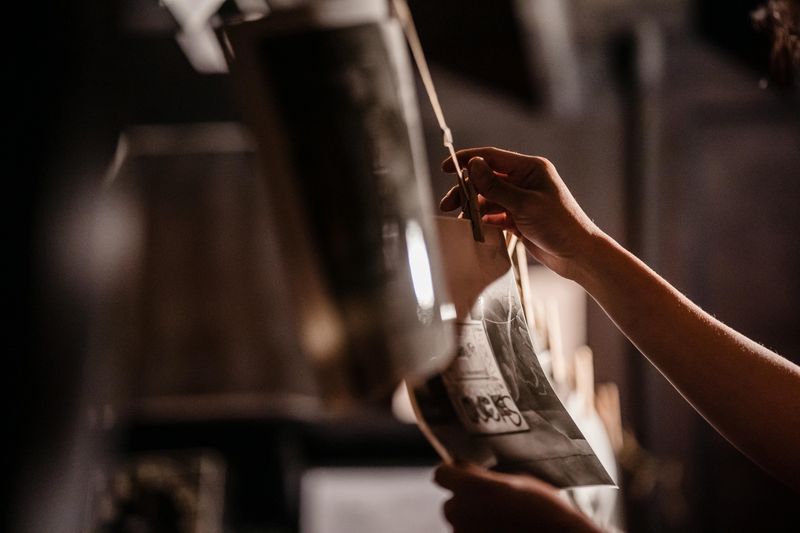
The anticipation of developing film was a unique thrill. After a vacation or event, you’d drop off your film roll at a store and wait days to see the results. There was no instant gratification, just the promise of reliving memories through developed photos.
Picking up the prints was an event in itself. Each envelope contained surprises—blurry shots, unexpected photobombs, and the occasional perfect picture. It was a reminder of life’s imperfections and spontaneity.
Scrapbooks and photo albums were the culmination of these experiences. Arranging photos and writing captions became cherished rituals, preserving moments in a tangible form that digital images don’t quite replicate.
5. Recording Songs Off the Radio
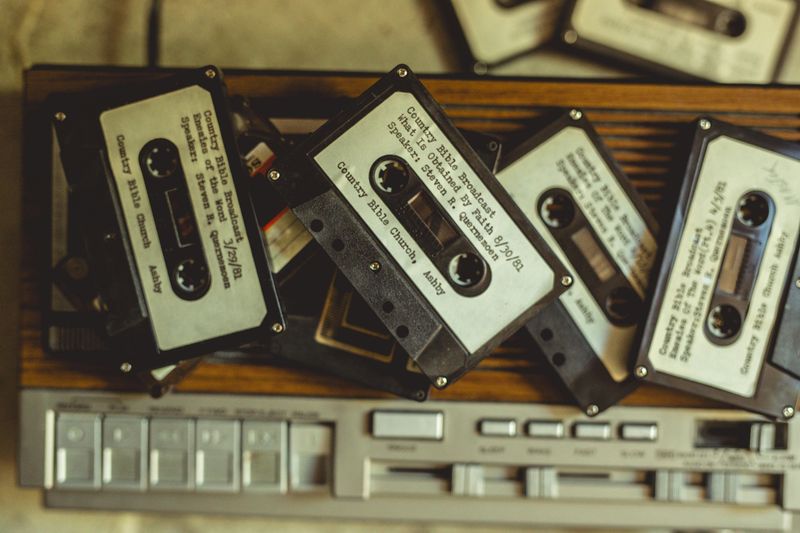
Capturing songs from the radio was an art. With a tape in the cassette player, you’d sit eagerly, finger poised on the record button, waiting for your favorite song to start. Timing was everything, as DJs often spoke over the intro, adding a personal touch to your mixtape.
The result was a collection of tunes that reflected your taste and the era’s musical landscape. Each tape held memories of late-night listening sessions and the thrill of discovering new artists.
These mixtapes were more than just music; they were a form of expression. Sharing them with friends was like giving a piece of your soul, a carefully curated playlist that told a story only you could tell.
6. Getting Lost and Using Paper Maps

Road trips without GPS required keen navigation skills. Paper maps were your best friend, and deciphering them was both an art and a science. This was a time when getting lost was part of the adventure, leading to unexpected discoveries.
Reading a map demanded teamwork, often leading to spirited discussions about the best route. These moments were both frustrating and bonding, as each wrong turn taught lessons in patience and problem-solving.
The joy of finally reaching your destination was intensified by the journey’s challenges. Even in an age of technology, the stories and memories from those map-guided trips still hold a special place in hearts.
7. Passing Notes in Class
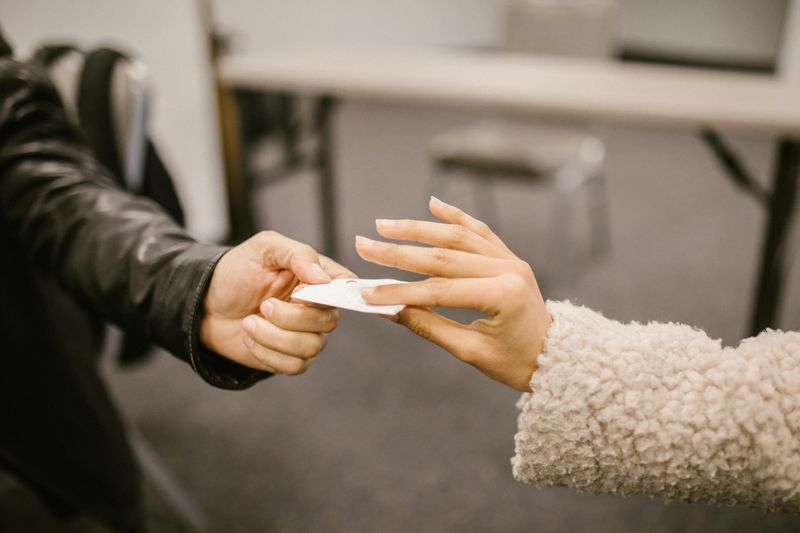
Tiny folded notes were the lifeline of classroom communication. Crafted with care and creativity, each note carried secrets, jokes, or even confessions. The thrill of passing them unnoticed by the teacher added to their allure.
These exchanges were the predecessors of text messages. Each code word and doodle spoke volumes, offering a glimpse into the friendships and crushes of student life. They were pieces of paper, yet they were loaded with emotion and anticipation.
Retrieving a note from a friend was a moment of excitement. These tangible messages were cherished, often kept as mementos of school days filled with laughter, mystery, and camaraderie.
8. Having to Watch TV Shows When They Aired
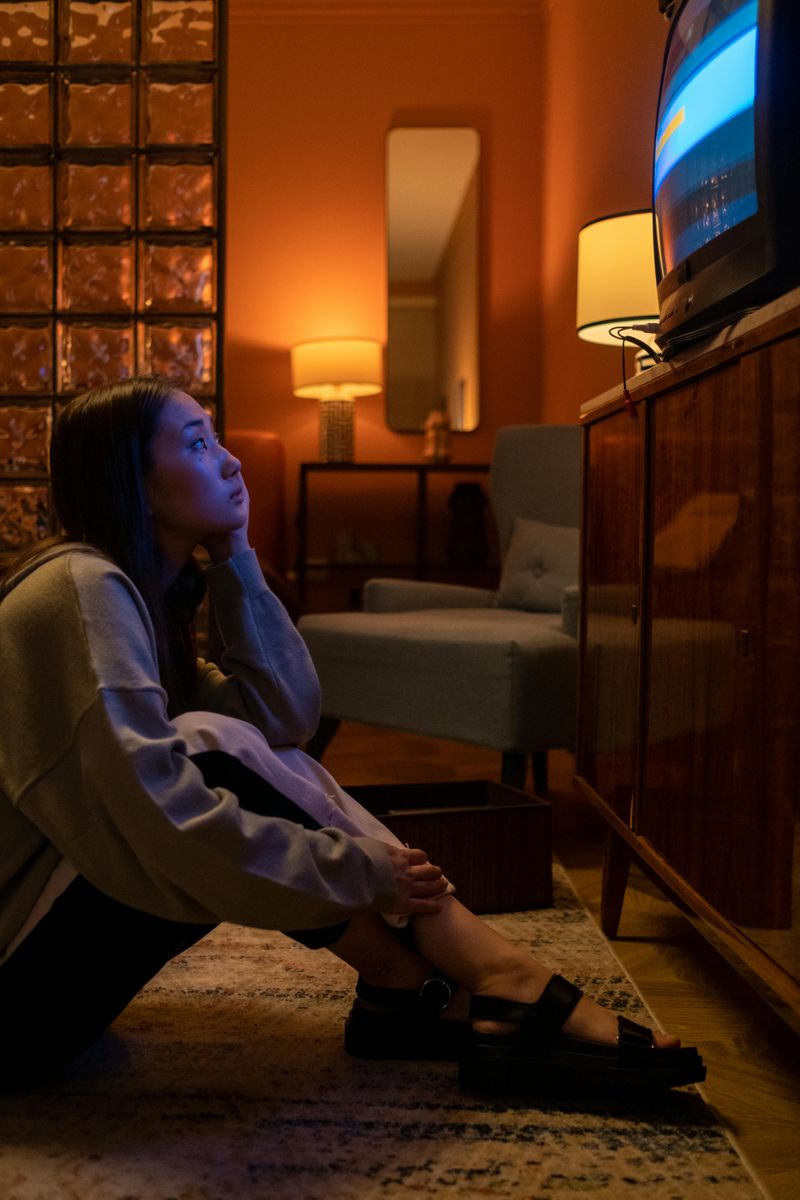
The excitement of watching TV shows live was palpable. You’d schedule your evening around your favorite program, gathering with family or friends to watch as it aired. Missing an episode meant waiting for a rerun or relying on someone else’s VHS recording.
There was a communal aspect to these viewings, creating shared experiences and conversations for the next day. The suspense of waiting for next week’s episode added to the show’s allure, building anticipation in a way that streaming services can’t replicate.
These moments in front of the TV were cultural events. They fostered traditions and connections, making each show a part of your weekly routine and social life.
9. Using Payphones and Remembering Phone Numbers

Payphones were the lifeline in public spaces. Without cell phones, remembering phone numbers was essential, and many carried tiny address books packed with crucial contacts. It was a time when memory played a bigger role in daily life.
The ritual of inserting coins before dialing was a unique experience. Conversations were often concise, dictated by the number of coins in your pocket. Each call was a calculated decision, adding a layer of urgency and importance.
This need to remember numbers cultivated sharper memory skills. The act of using a payphone was a declaration of independence, a small yet significant step in navigating the pre-digital world.
10. Playing Outside Until the Streetlights Came On
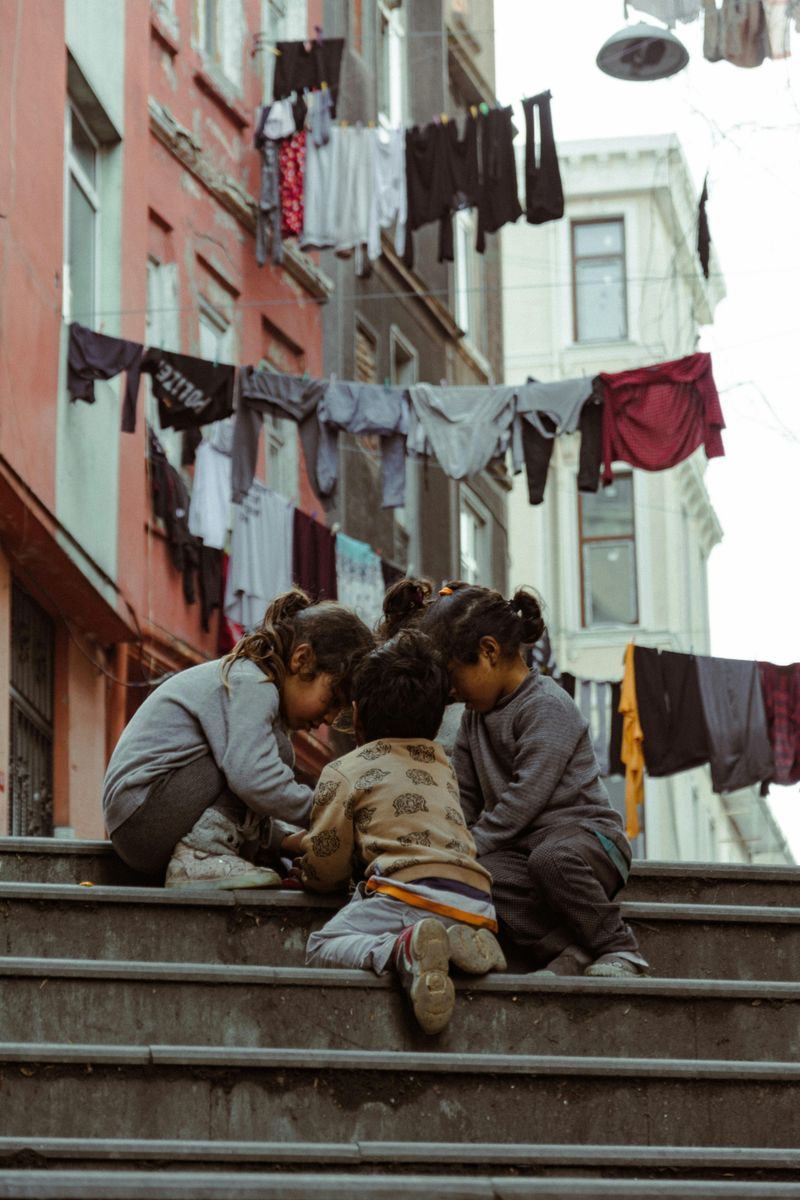
Childhood was spent outdoors, where imagination reigned supreme. The day’s adventures ended only when the streetlights flickered on, a signal to return home. This was a time when play was unrestricted by screens and digital boundaries.
From tree climbing to tag, each game was a blend of creativity and energy. Friendships were forged through shared adventures, scraped knees, and laughter echoing through the neighborhood.
These evening play sessions were a rite of passage. They built community bonds and memories that persist even as the world shifts towards indoor entertainment.
11. Shopping at the Mall Just to Hang Out

Malls were social hotspots, a place where teenagers congregated to see and be seen. The food court was the central hub, a place to gather and plan the day’s escapades. Window shopping, trying on clothes, and sampling music at record stores were part of the ritual.
This was a time when shopping wasn’t just about buying; it was about socializing and exploring. Malls offered a sense of independence, a place where friendships thrived and personal style was discovered.
These outings were more than just retail experiences. They were formative, creating bonds and fostering a sense of belonging that extended beyond the mall’s walls.
12. Having to Wait for News or Gossip
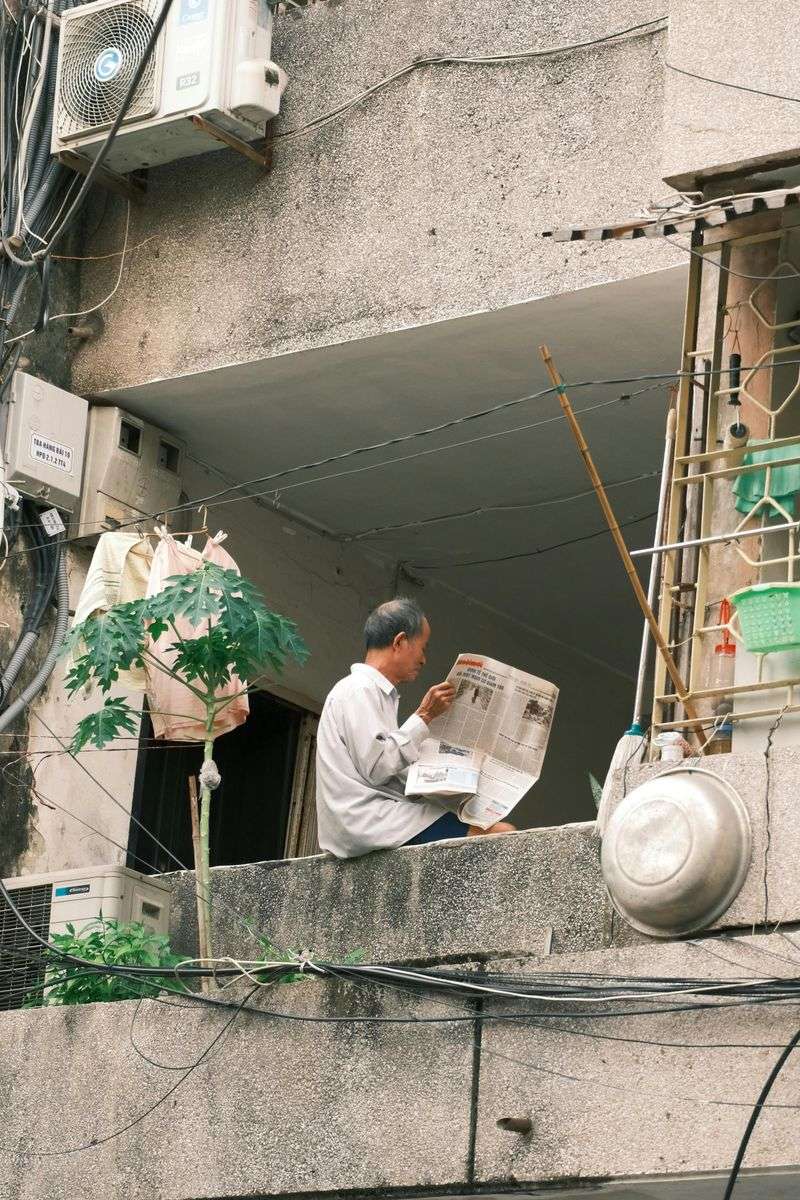
In the pre-digital era, news traveled at a slower pace. Waiting for the morning newspaper or catching the evening news broadcast was the norm. Gossip and updates circulated through word of mouth, giving each piece of information a personal touch.
This slower dissemination meant that conversations were richer, filled with context and personal insights. Sharing news face-to-face created a sense of connection, as each story became a shared experience.
The delay in receiving information added an element of suspense. It was a time when patience was cultivated, and the anticipation of news made each piece of information more valued and impactful.

Comments
Loading…